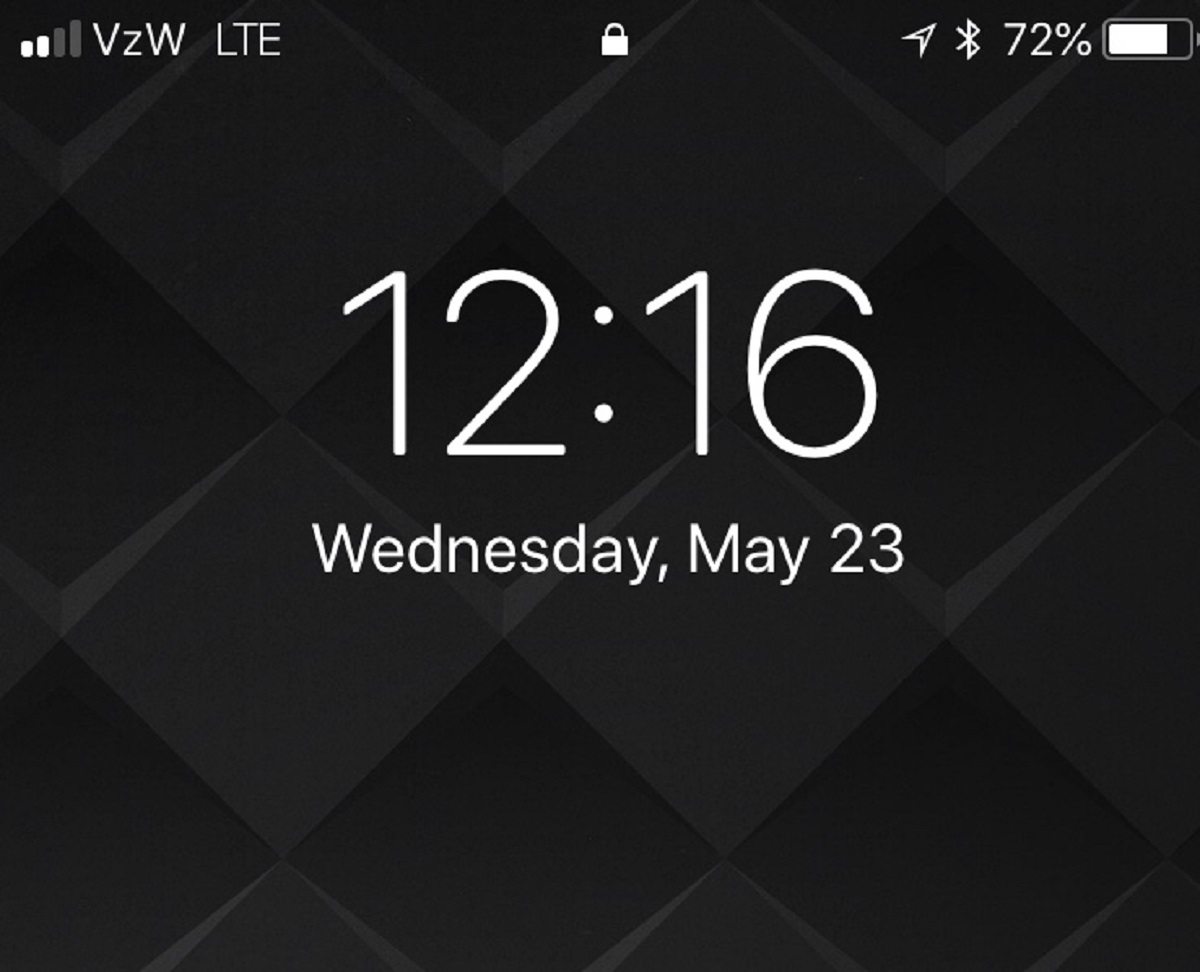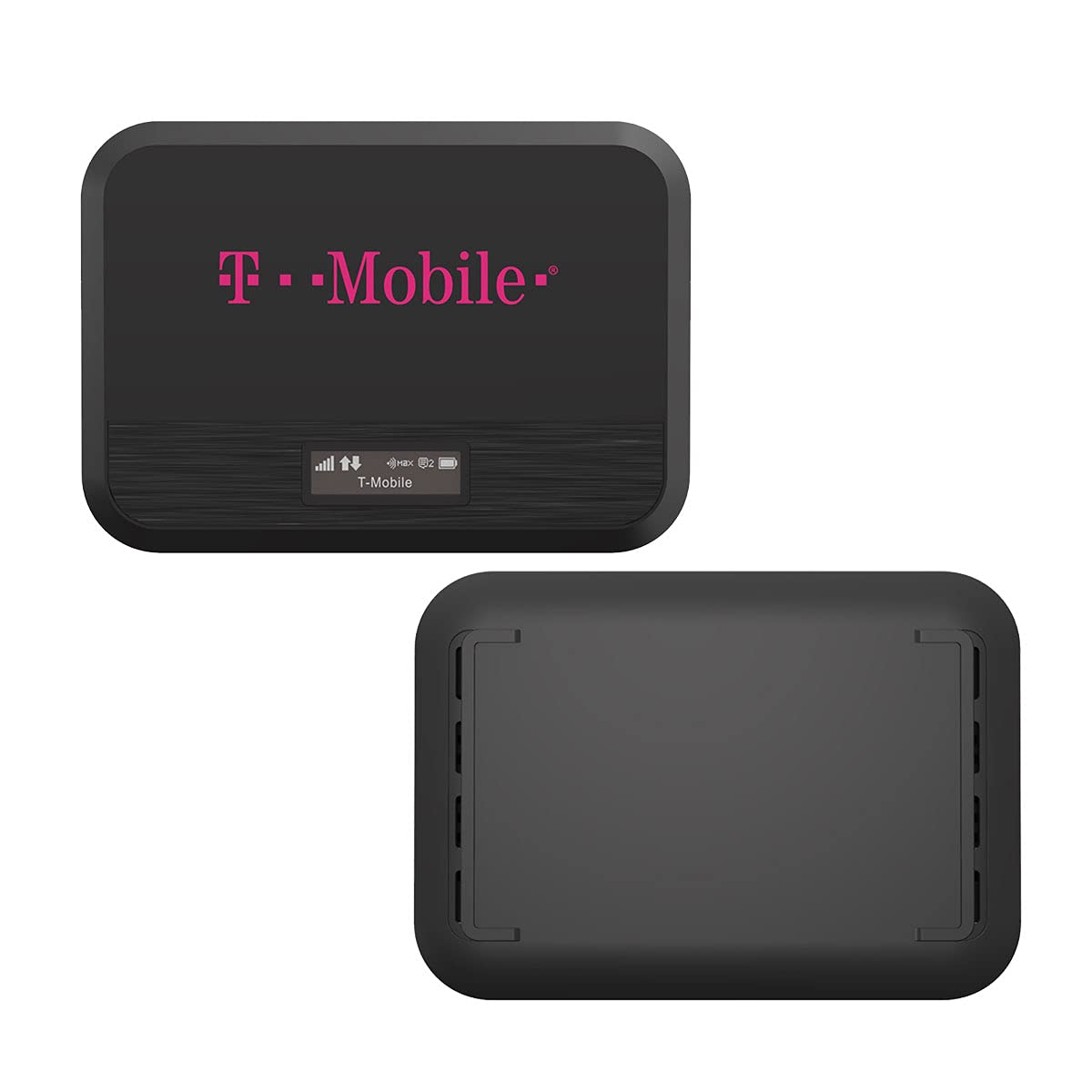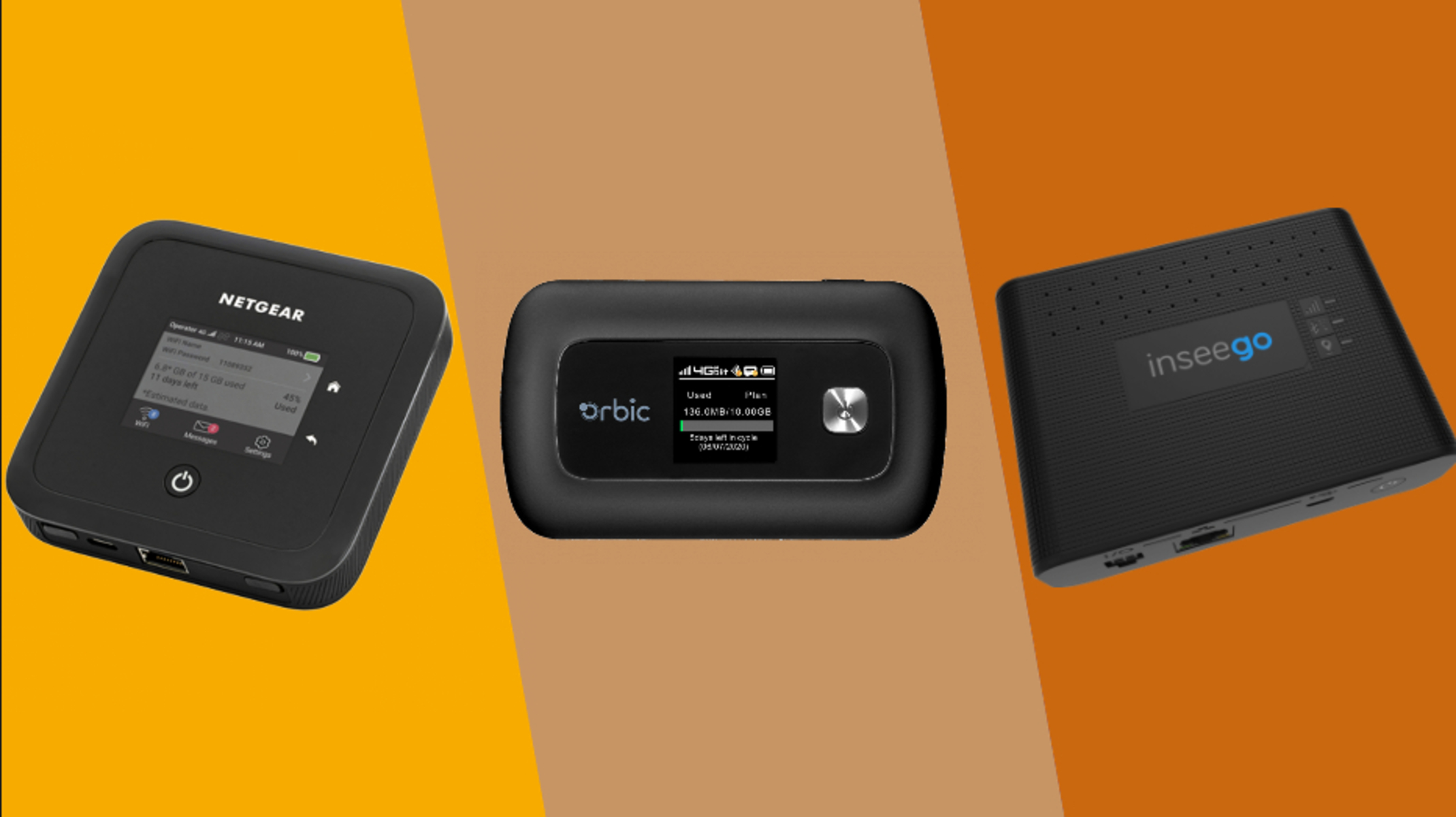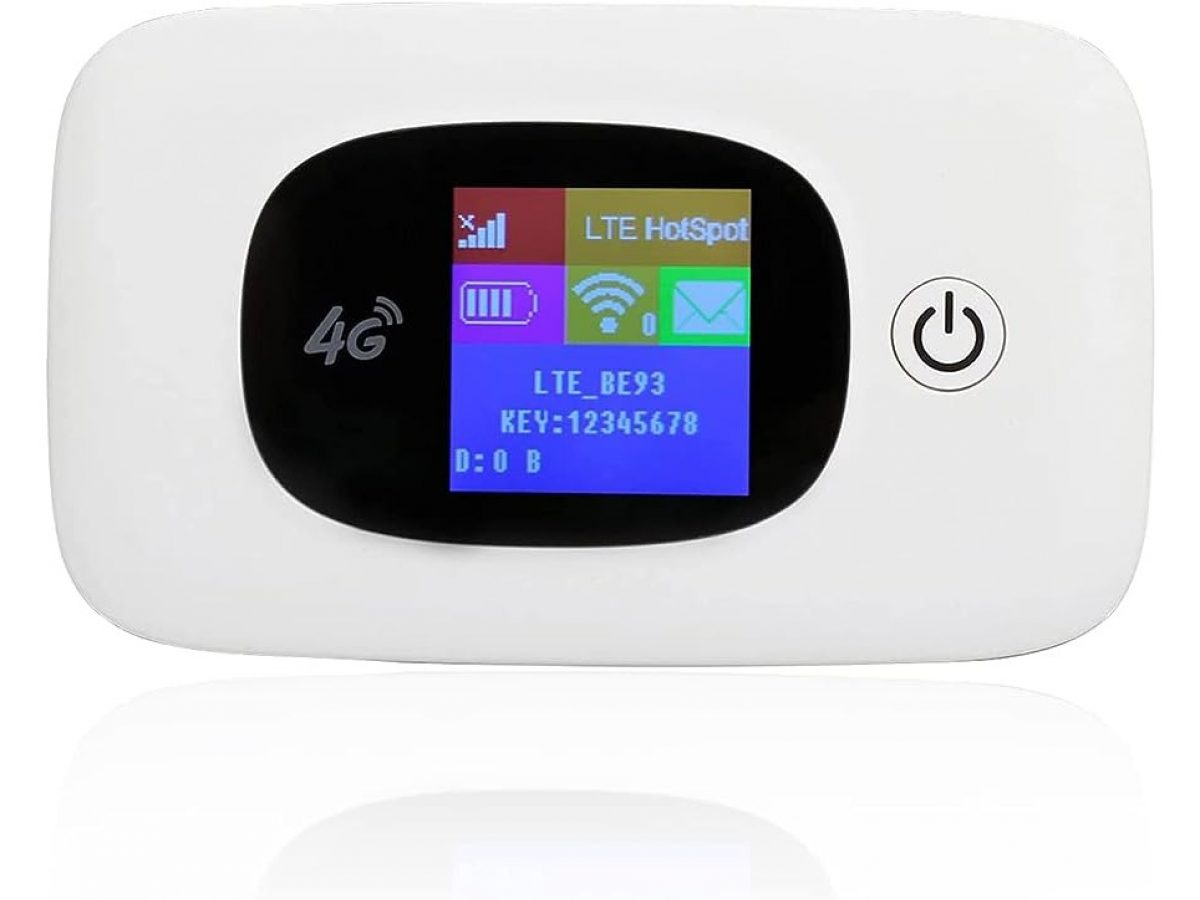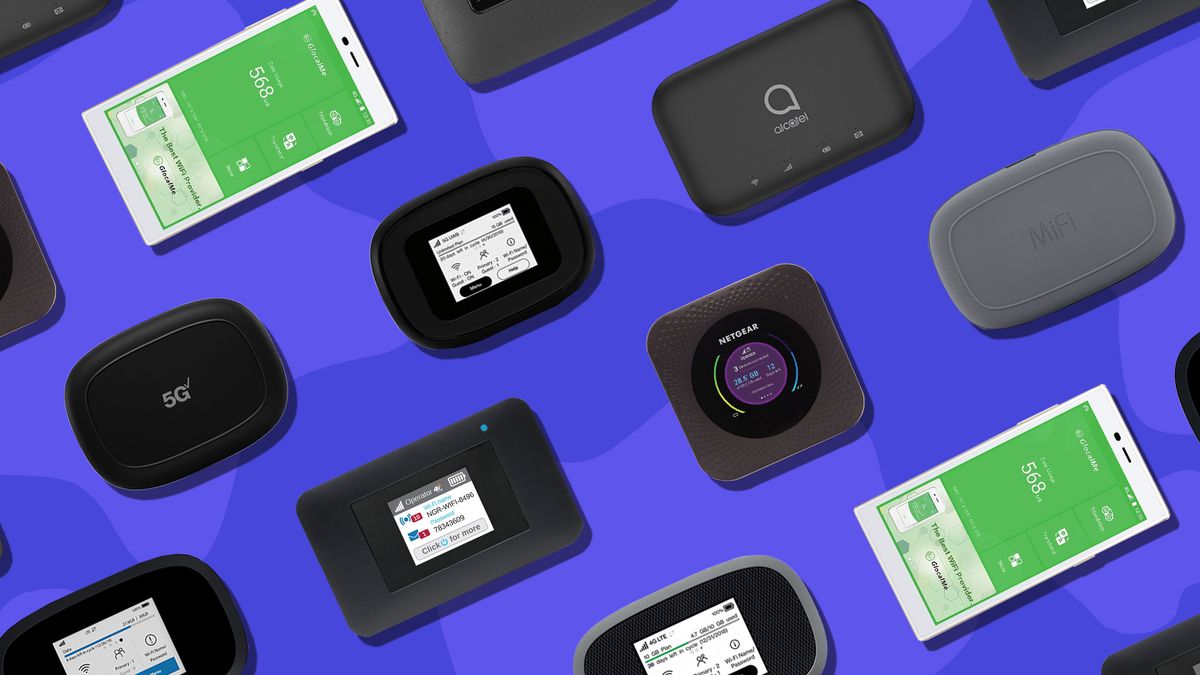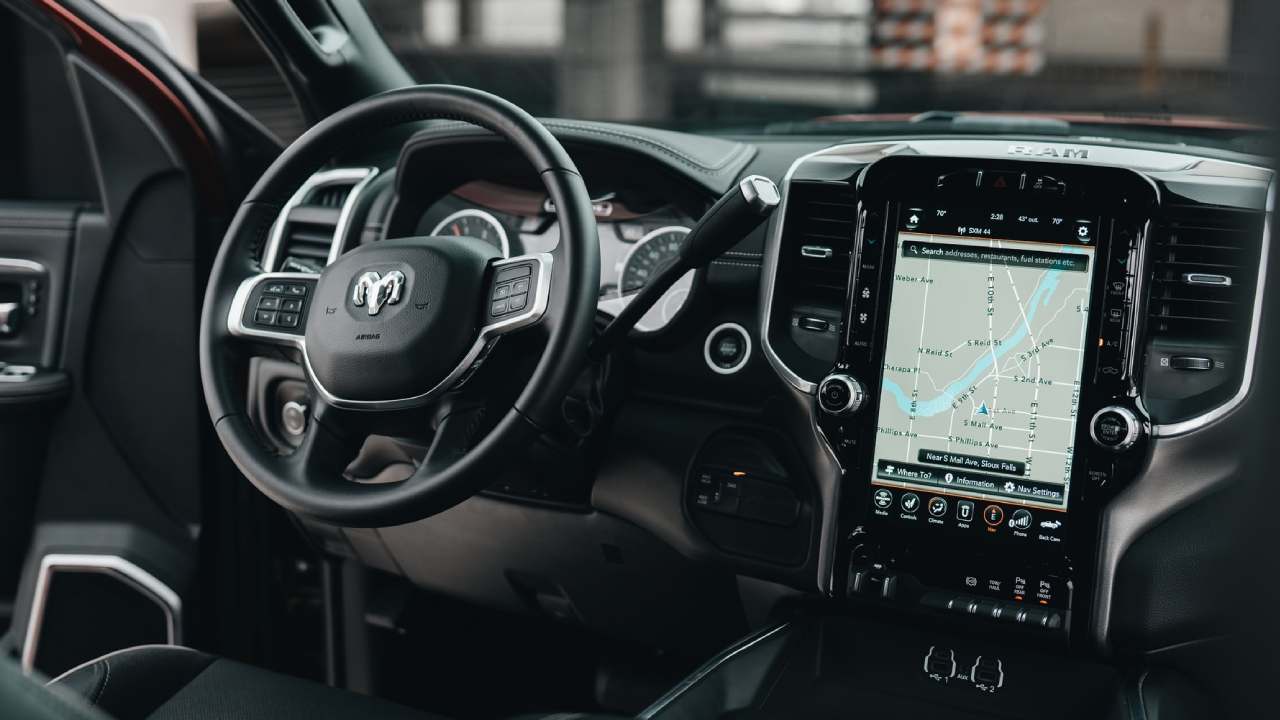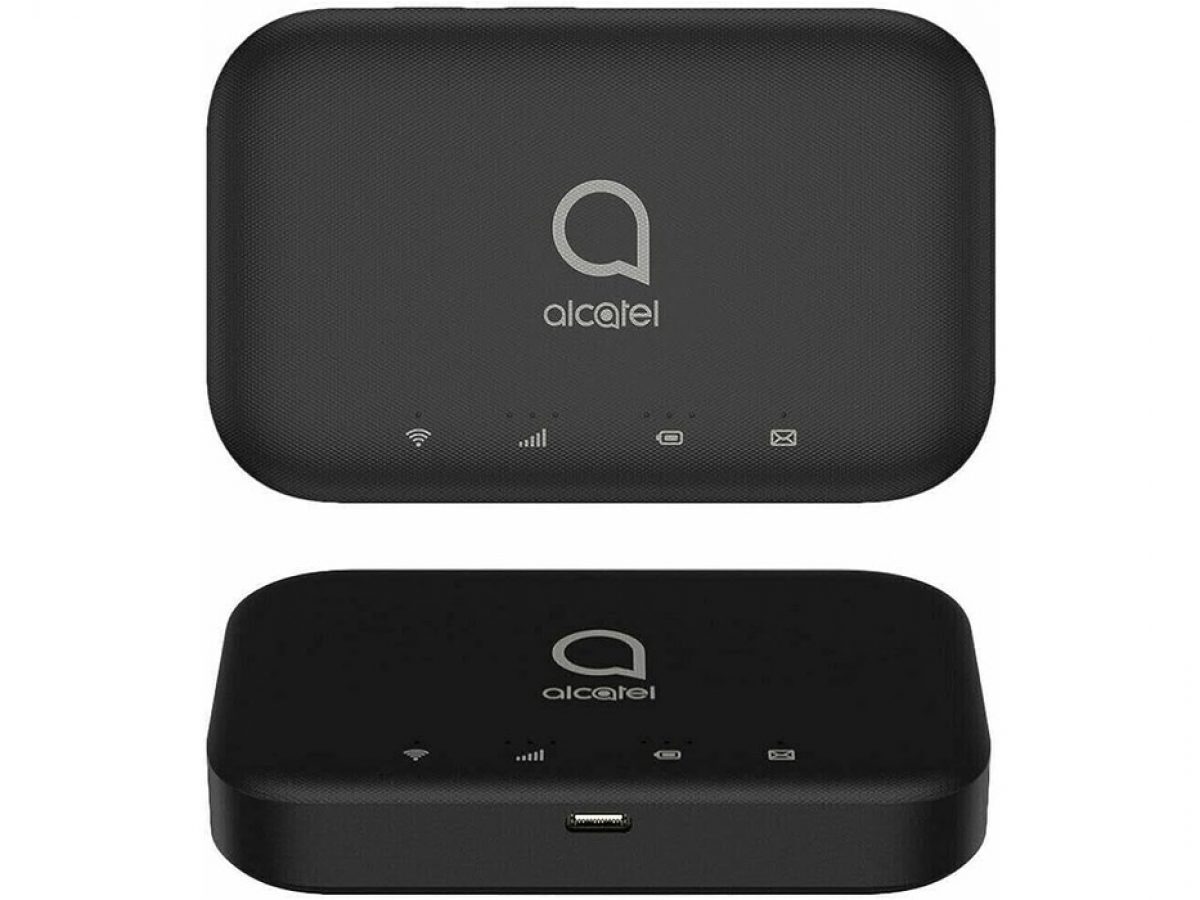Introduction
Welcome to our comprehensive guide on WiFi hotspots! In today’s fast-paced digital world, staying connected is more important than ever. Whether you’re a frequent traveler, a remote worker, or simply someone who needs internet access on the go, WiFi hotspots have become a popular solution.
In this article, we will explore what WiFi hotspots are, the different types available, and most importantly, how much they cost. We will also delve into the factors that can affect the price of a WiFi hotspot, and provide some helpful tips on how to choose the right one for your needs. Additionally, we will compare popular WiFi hotspot providers to give you a clearer understanding of the options available in the market.
By the end of this article, you will be equipped with the knowledge and insights necessary to make an informed decision when it comes to investing in a WiFi hotspot. So, let’s dive in and discover the world of WiFi hotspots and how they can keep you connected wherever you go.
What is a WiFi hotspot?
A WiFi hotspot is a physical location or device that provides wireless internet access to other devices. It allows users to connect their smartphones, tablets, laptops, and other devices to the internet without the need for a wired connection.
Hotspots are typically found in public places such as cafes, airports, hotels, libraries, and even on some modes of transportation like trains and buses. They can also be created by individuals using a portable hotspot device, commonly referred to as a “MiFi” or “mobile hotspot.”
When you connect to a WiFi hotspot, your device communicates with the hotspot’s wireless network, allowing you to browse the internet, send and receive emails, stream media, and perform various online activities.
Most WiFi hotspots require a password to access, ensuring that only authorized users can connect. This password is often provided by the hotspot operator or displayed prominently in the location where the hotspot is available.
WiFi hotspots are incredibly convenient, as they eliminate the need for users to rely on their mobile data plans or search for a wired internet connection. They offer flexibility and allow individuals to stay connected while on the move. Whether you’re traveling, attending a meeting, or simply need internet access outside your home or office, WiFi hotspots provide the solution.
It is important to note that while WiFi hotspots are convenient, they may also pose security risks. Publicly available hotspots, in particular, can be vulnerable to hackers or malicious individuals who may try to intercept your data. To ensure the safety of your information, it is recommended to use secure websites (https) and consider using a virtual private network (VPN) when connecting to a public WiFi hotspot.
Types of WiFi hotspots
WiFi hotspots come in various forms to cater to different needs and situations. Let’s explore some of the common types of WiFi hotspots:
- Public WiFi hotspots: These are the most common type of WiFi hotspots and can be found in public places like cafes, restaurants, airports, hotels, and shopping malls. They are usually provided by businesses or organizations as a way to attract customers and offer convenient internet access.
- Private WiFi hotspots: Private WiFi hotspots are created by individuals using their personal internet connection. They are commonly used at homes or offices and typically require a password to access. These hotspots offer a secure and controlled environment, making them ideal for personal or business use.
- Mobile hotspots: Mobile hotspots, also known as portable hotspots or MiFi devices, are small, portable devices that allow you to create a WiFi network using cellular data. You can connect multiple devices to these mobile hotspots, and they are particularly useful when you’re on the go and don’t have access to a stable internet connection.
- Tethering: Tethering refers to the process of using your smartphone as a WiFi hotspot. With tethering, you can share your mobile data connection with other devices by creating a WiFi network or connecting via USB or Bluetooth. This option is convenient when you need to quickly provide internet access to your other devices without relying on external hotspots.
Each type of WiFi hotspot has its own advantages and considerations. Public hotspots offer convenience but may have limitations on speed or security. Private hotspots provide more control and security, but they are limited to the range of your home or office. Mobile hotspots offer flexibility and can be used anywhere with cellular coverage, but they rely on your data plan and may have limitations on data usage. Tethering is a cost-effective option if you have a suitable data plan, but it can drain your smartphone’s battery quickly.
Understanding the different types of WiFi hotspots allows you to choose the one that best suits your needs and ensures a seamless internet experience wherever you are.
How much does a WiFi hotspot cost?
The cost of a WiFi hotspot can vary depending on several factors, including the type of hotspot, the provider, and the data plan you choose. Here are some common pricing models and considerations:
- Device cost: If you opt for a dedicated WiFi hotspot device like a mobile hotspot or MiFi device, you will need to consider the upfront cost of purchasing the device. These devices can range in price from $50 to $200 or more, depending on the brand and features.
- Monthly data plans: Most WiFi hotspot providers offer monthly data plans that allow you to access the internet. These plans typically come with a specific data allowance, such as 5GB, 10GB, or unlimited data. The cost of these plans can vary widely, ranging from around $20 to $100 or more per month, depending on the data allowance and provider.
- Pay-as-you-go: Some providers offer pay-as-you-go options, where you purchase data in smaller increments or as you need it. With this model, you pay for the data you consume, which can be a cost-effective option if you only need occasional internet access.
- Data overage charges: It is important to consider the data overage charges when selecting a WiFi hotspot plan. If you exceed your monthly data allowance, some providers may charge additional fees or reduce your internet speed. Be sure to inquire about these charges and choose a plan that suits your usage patterns.
Furthermore, the cost of a WiFi hotspot can also be influenced by additional factors such as the reliability and speed of the internet connection, customer support, and any promotions or discounts available.
It is essential to thoroughly research and compare different providers, plans, and pricing options to determine the best value for your needs. Consider factors such as your anticipated data usage, budget, and the coverage area of the provider before making a decision.
Remember, the cost of a WiFi hotspot is an investment in staying connected, so it’s important to weigh the financial implications alongside the convenience and benefits it provides.
Factors that affect the cost of a WiFi hotspot
Several factors can influence the cost of a WiFi hotspot. Understanding these factors will help you make an informed decision and choose a hotspot option that aligns with your budget and requirements. Here are some key factors that can affect the cost:
- Type of WiFi hotspot: Different types of WiFi hotspots have varying costs associated with them. Dedicated devices like mobile hotspots or MiFi devices often come with an upfront cost for purchasing the device itself. On the other hand, tethering, which involves using your smartphone as a hotspot, is generally a more cost-effective option as it eliminates the need for an additional device.
- Provider and plan: The provider you choose and the specific data plan you opt for can significantly impact the cost. Different providers offer different pricing structures and data allowances, so it’s essential to compare plans and choose one that fits your needs. Additionally, some providers may offer promotional discounts or bundle options that can help you save on the overall cost.
- Data allowance: The amount of data included in your WiFi hotspot plan can affect the cost. Typically, plans with larger data allowances tend to be more expensive. If you have high data usage requirements, such as streaming videos or downloading large files, you may need to consider a plan with a higher data limit or an unlimited data option, which may come at a higher cost.
- Network coverage: The network coverage and availability of the provider can also impact the cost. Providers with wider coverage and faster internet speeds may come with a premium price tag. However, if you primarily use the hotspot in a specific area with good coverage from a particular provider, you may find more affordable options without compromising on performance.
- Additional features and benefits: Some WiFi hotspot plans come with additional features or benefits, such as enhanced security, customer support, or access to partner networks. While these value-added services may increase the cost, they can also provide added value and peace of mind.
It’s important to assess your specific needs, usage patterns, and budgetary constraints when considering the factors that affect the cost of a WiFi hotspot. Carefully evaluating and comparing different options will help you find the right balance between cost and functionality, ensuring that you get the most value out of your investment in a WiFi hotspot.
How to choose the right WiFi hotspot for your needs
With so many WiFi hotspot options available, it’s important to consider your specific needs and requirements when choosing the right one. Here are some factors to consider that will help you make an informed decision:
- Usage requirements: Determine how you plan to use the WiFi hotspot. Do you need it for casual web browsing, streaming videos, or heavy work-related tasks? Understanding your usage requirements will help you choose a hotspot with the appropriate data allowance and speed.
- Network coverage: Consider the network coverage of the hotspot provider in the areas where you’ll primarily use the hotspot. Check the provider’s coverage map or speak with their customer support to ensure that you’ll have a reliable and strong connection when you need it.
- Budget: Determine your budget before selecting a WiFi hotspot. Consider the upfront cost, monthly data plan charges, and any additional fees or charges associated with the provider. Finding a balance between cost and functionality is crucial.
- Connection speed: If you require a fast and stable internet connection, ensure that the WiFi hotspot you choose offers adequate speed. Check the provider’s advertised speeds and read reviews or seek recommendations from other users if possible.
- Additional features: Consider any additional features that may be important to you. For example, if you value privacy and security, look for hotspots that offer encryption, VPN support, or other security features. If you frequently travel internationally, find out if the provider offers global coverage or international data plans.
- Provider reputation: Research the reputation and customer reviews of different WiFi hotspot providers. Look for providers with a good track record of reliable service, excellent customer support, and responsive technical assistance.
By considering these factors, you’ll be able to narrow down your options and choose the WiFi hotspot that best aligns with your needs and preferences. Remember, what works for someone else may not necessarily be the right fit for you, so take the time to evaluate your unique requirements and make an informed decision.
Comparison of popular WiFi hotspot providers
When it comes to WiFi hotspot providers, several companies offer reliable and affordable options. Here is a comparison of some popular WiFi hotspot providers:
- Verizon: Verizon offers a range of hotspot devices and data plans. They have wide network coverage and fast speeds, making them an excellent choice for those who prioritize reliability. Verizon often has competitive pricing, but their plans tend to be on the higher end of the price spectrum.
- AT&T: AT&T is another well-known provider with a wide network coverage. They offer various hotspot plans suitable for different usage needs. AT&T often provides flexible contract options, allowing you to choose between short-term or long-term commitments.
- T-Mobile: T-Mobile offers attractive hotspot plans, especially their Magenta and Magenta Plus plans. They provide unlimited data, allowing you to connect multiple devices without worrying about data caps. T-Mobile also includes additional perks like Netflix subscriptions and international data options.
- Sprint: Sprint is known for their affordable unlimited data plans. They have competitive pricing, making them a great option for budget-conscious users. However, it’s important to note that Sprint’s network coverage may not be as extensive in certain areas compared to other providers.
- Google Fi: Google Fi is a flexible and innovative option, offering hotspot functionality as part of their service. They use a combination of networks to provide coverage, including T-Mobile, Sprint, and US Cellular. Google Fi offers transparent pricing and the ability to pay only for the data you use.
While these providers are popular and widely recognized, it’s crucial to research and compare their specific offerings to find the best fit for your needs. Consider factors such as pricing, network coverage, data plans, additional features, and customer support. Additionally, reading customer reviews and seeking recommendations from friends or colleagues who have used these providers can provide valuable insights.
Remember, the right WiFi hotspot provider depends on your individual requirements and preferences. Take the time to evaluate your needs and compare the offerings to make an informed decision that ensures a seamless and reliable internet connection wherever you go.
Conclusion
WiFi hotspots have revolutionized the way we stay connected, providing convenient internet access on the go. Whether you’re a frequent traveler, remote worker, or someone in need of a reliable internet connection outside your home or office, WiFi hotspots offer a solution.
In this comprehensive guide, we explored the concept of WiFi hotspots, the different types available, and the factors that can affect their cost. We also provided valuable insights on how to choose the right WiFi hotspot for your specific needs and compared popular providers in the market.
When considering a WiFi hotspot, it’s important to assess your usage requirements, evaluate the network coverage, consider your budget, and take into account any additional features that may be important to you. By taking these factors into consideration, you’ll be able to make an informed decision that aligns with your needs and preferences.
Whether you opt for a public WiFi hotspot, a private hotspot, a mobile hotspot device, or tethering, ensure that you prioritize the security of your internet connection. Use secure websites and consider using a virtual private network (VPN) when connecting to public hotspots to protect your personal information.
By staying informed and making the right choice, you can enjoy the benefits of a WiFi hotspot, such as flexibility, convenience, and the ability to stay connected wherever you go. Explore the options available, compare providers, and find the perfect WiFi hotspot that keeps you connected and productive.









